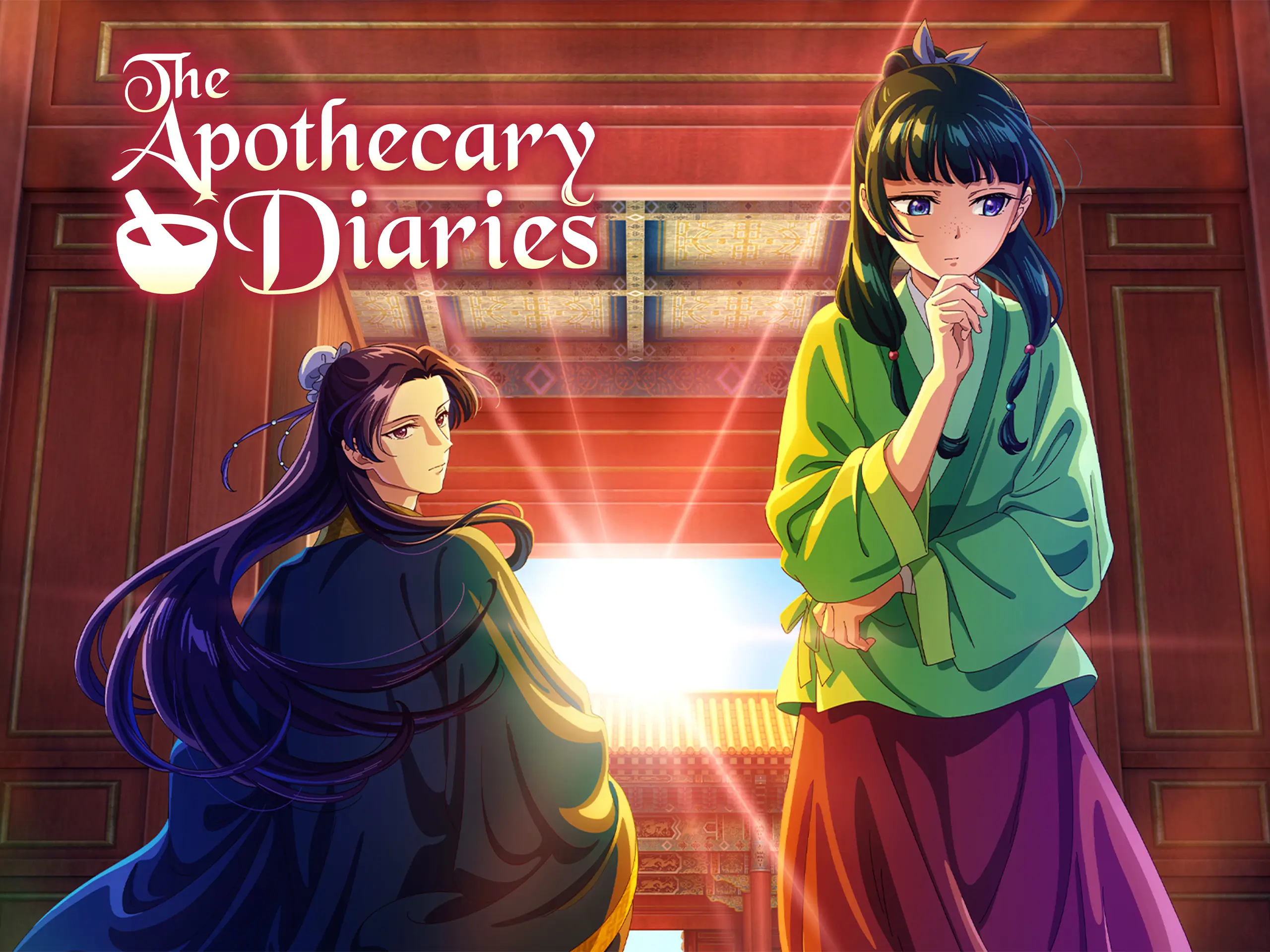When it comes to animated series from Asia, two major forms dominate the scene: anime, which originates from Japan, and donghua, the Chinese counterpart. With the growing popularity of titles across platforms like Crunchyroll, Netflix, and Bilibili, many fans often wonder about the origins of their favorite series. One such show that has piqued global interest is The Apothecary Diaries.
This engaging historical mystery has charmed audiences with its smart protagonist, compelling storylines, and beautifully crafted world. However, there seems to be some confusion: is The Apothecary Diaries an anime or a donghua? Let’s dive deep into the roots, production, and classification of this unique series to set the record straight.
Understanding Anime vs. Donghua
Before determining the category of The Apothecary Diaries, it is essential to understand the difference between anime and donghua.
- Anime refers specifically to animated works produced in Japan. It has a distinct art style, narrative structure, and cultural influence.
- Donghua is animation made in China, and although it may look similar to anime in some aspects, it reflects different cultural themes, language, and production techniques.
Thus, the key differentiator is not the visual style alone but also the country of origin and production team.
The Origins of The Apothecary Diaries
The Apothecary Diaries (Japanese title: Kusuriya no Hitorigoto) is originally a Japanese light novel series written by Natsu Hyuuga and illustrated by Touko Shino. It was first published in 2011 and later adapted into a manga by Square Enix.
The series follows Maomao, a clever young woman with a background in herbal medicine, who becomes a palace servant and ends up solving medical and political mysteries in a fictional empire reminiscent of ancient China.
Despite the Chinese-inspired setting, the intellectual property (IP), writing, and initial illustrations are entirely Japanese in origin.
The Production Details
The anime adaptation of The Apothecary Diaries was produced by TOHO Animation and OLM, two renowned Japanese studios. OLM is known for working on franchises such as Pokémon and Berserk, while TOHO has been behind several high-profile anime films and series.
Here are some specific production details:
- Original Title: Kusuriya no Hitorigoto
- Language: Japanese
- Director: Norihiro Naganuma
- Studios: TOHO Animation and OLM
- Broadcast Platforms: Crunchyroll, Netflix (Japan), and other anime streaming services
With a Japanese production team, voice actors, scriptwriters, and release network, The Apothecary Diaries clearly qualifies as an anime.
- Review of Jun You Yun Season 2: A Deeper Dive into Wuxia Excellence
- Understanding Manhua, Donghua, and Webnovels
- Why Donghua Is Not Popular: Understanding the Barriers Facing Chinese Animation
- Jiang Cheng: A Complex Character in Mo Dao Zu Shi
- Unveiling Teacher Bei Chen: The Enigmatic Character of Donghua Ancient War Soul
Why the Confusion?
Much of the confusion arises from the setting and aesthetic of the series. The Apothecary Diaries takes place in a historical Chinese court, complete with traditional Chinese garments, architecture, and customs. Because of this, some viewers might assume the series is Chinese in origin, leading them to classify it as donghua.
However, a Chinese-inspired setting does not determine a work’s classification as donghua. Many Japanese anime, such as Kingdom or Fushigi Yuugi, also borrow heavily from Chinese history or mythology while still being firmly categorized as anime.
Cultural Influences and Global Appeal
The global fascination with East Asian history, especially Chinese dynasties, often inspires Japanese creators to explore such themes. The Apothecary Diaries is a perfect example of cultural blending—a Japanese narrative dressed in Chinese aesthetics.
This mix is part of what makes the series so intriguing and accessible to both anime and donghua fans. It reflects the deep admiration many Japanese artists have for Chinese history, while also showcasing the strengths of Japanese storytelling and animation production.
Critical Reception and Global Impact
Since its release, The Apothecary Diaries has received critical acclaim for its clever writing, rich atmosphere, and detailed world-building. It has been praised for offering a unique take on the historical mystery genre and for having a strong, intelligent female lead.
In the global market, the anime has achieved high viewer ratings on sites like MyAnimeList and Anilist, and its manga has seen international publication in multiple languages.
The show’s success has solidified its place within the anime community, with discussions and fan theories flooding anime-focused forums, Reddit threads, and TikTok fandoms.
Summary Table: Anime vs. Donghua Characteristics of The Apothecary Diaries
| Characteristic | Anime |
|---|---|
| Country of Origin | Japan |
| Language | Japanese |
| Production Studio | TOHO Animation & OLM |
| Based On | Japanese Light Novel |
| Setting | Ancient China-inspired |
| Cultural Influence | Blend of Japanese & Chinese themes |
| Voice Cast | Japanese Seiyuu |
| Animation Style | Traditional Japanese anime |
| Platform Distribution | Crunchyroll, Netflix (Japan) |
Final Verdict
So, is The Apothecary Diaries an anime or a donghua?
The answer is clear: The Apothecary Diaries is an anime.
Despite its Chinese imperial setting and historical references, the series is a product of Japanese creators, published in Japanese, and animated by established Japanese studios. This categorization aligns with the industry standard of defining anime and donghua by their country of origin rather than just visual or thematic style.
If you’re a fan of beautifully animated series that blend mystery, medicine, and palace intrigue, The Apothecary Diaries is a must-watch—and it firmly belongs in the realm of Japanese anime.
Further Exploration
If you enjoyed The Apothecary Diaries, here are a few other anime with similar themes or historical Chinese influences:
- Yona of the Dawn (Akatsuki no Yona)
- Snow White with the Red Hair (Akagami no Shirayuki-hime)
- Kingdom
- Fushigi Yuugi
- Saiunkoku Monogatari
Each of these series blends strong character development with political or historical settings, offering viewers a rich and rewarding experience.
